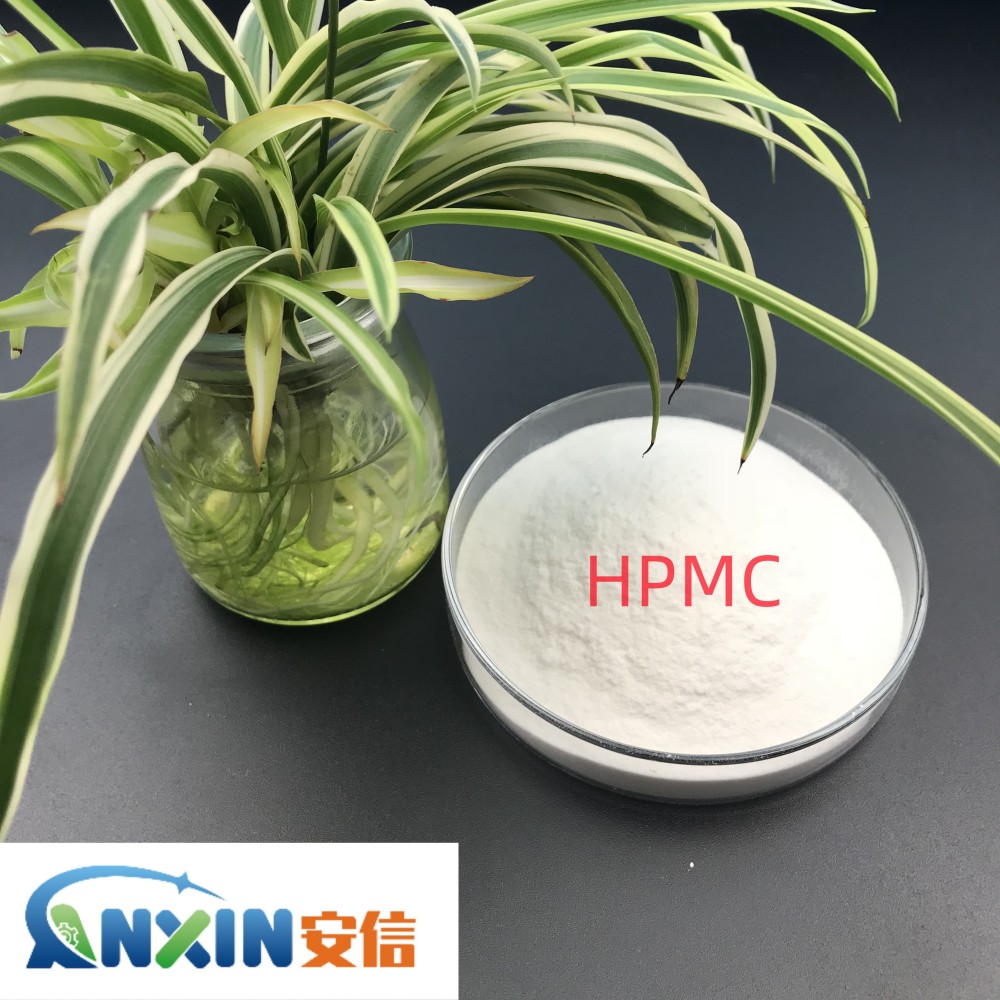HPMC (Hydroxypropyl Methylcellulose) is a non-ionic semi-synthetic polymer widely used in medicine, food, construction, coatings and other industries. As to whether HPMC can dissolve in hot water, its solubility characteristics and the effect of temperature on its dissolution behavior need to be considered.
Overview of HPMC solubility
HPMC has good water solubility, but its dissolution behavior is closely related to water temperature. Generally, HPMC can be easily dispersed and dissolved in cold water, but it exhibits different characteristics in hot water. The solubility of HPMC in cold water is mainly affected by its molecular structure and substituent type. When HPMC comes into contact with water, the hydrophilic groups (such as hydroxyl and hydroxypropyl) in its molecules will form hydrogen bonds with water molecules, causing it to gradually swell and dissolve. However, the solubility characteristics of HPMC are different in water at different temperatures.
Solubility of HPMC in hot water
The solubility of HPMC in hot water depends on the temperature range:
Low temperature (0-40°C): HPMC can slowly absorb water and swell, and eventually form a transparent or translucent viscous solution. The dissolution rate is slower at lower temperatures, but gelation does not occur.
Medium temperature (40-60°C): HPMC swells in this temperature range, but does not completely dissolve. Instead, it easily forms uneven agglomerates or suspensions, affecting the uniformity of the solution.
High temperature (above 60°C): HPMC will undergo phase separation at higher temperatures, manifested as gelation or precipitation, making it difficult to dissolve. Generally speaking, when the water temperature exceeds 60-70°C, the thermal motion of the HPMC molecular chain intensifies, and its solubility decreases, and it may eventually form a gel or precipitate.
Thermogel properties of HPMC
HPMC has typical thermogel properties, that is, it forms a gel at higher temperatures and can be redissolved at low temperatures. This property is very important in many applications, such as:
Construction industry: HPMC is used as a thickener for cement mortar. It can maintain good moisture during construction and exhibit gelation in high temperature environments to reduce water loss.
Pharmaceutical preparations: When used as a coating material in tablets, its thermal gelation properties need to be considered to ensure good solubility.
Food industry: HPMC is used as a thickener and emulsifier in some foods, and its thermal gelation helps the stability of the food.
How to dissolve HPMC correctly?
In order to avoid HPMC from forming gel in hot water and failing to dissolve evenly, the following methods are usually used:
Cold water dispersion method:
First, evenly disperse HPMC in cold water or room temperature water to fully wet and swell it.
Gradually increase the temperature during stirring to further dissolve HPMC.
After it is completely dissolved, the temperature can be appropriately increased to accelerate the formation of the solution.
Hot water dispersion cooling method:
First, use hot water (about 80-90°C) to quickly disperse HPMC so that an insoluble gel protective layer is formed on its surface to prevent the immediate formation of sticky lumps.
After cooling to room temperature or adding cold water, HPMC gradually dissolves to form a uniform solution.
Dry mixing method:
Mix HPMC with other soluble substances (such as sugar, starch, mannitol, etc.) and then add water to reduce agglomeration and promote uniform dissolution.
HPMC cannot be directly dissolved in hot water. It is easy to form gel or precipitate at high temperature, which reduces its solubility. The best dissolution method is to disperse in cold water first or pre-disperse with hot water and then cool to obtain a uniform and stable solution. In practical applications, choose the appropriate dissolution method according to needs to ensure that HPMC performs at its best.
Post time: Mar-25-2025

